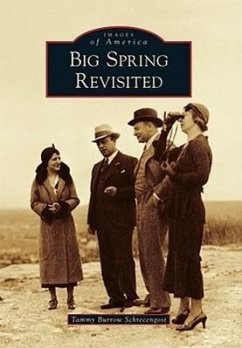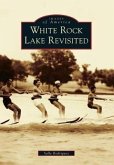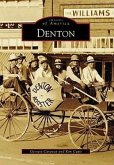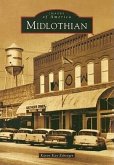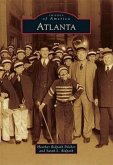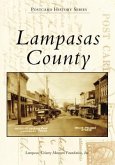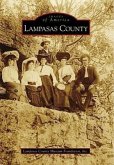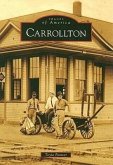In West Texas, the land that would one day become Big Spring was originally home to Comanche Indians. In 1880, the Texas Rangers were sent ahead of the railroad to establish peace among the ranchers and to protect the western frontier from the Comanche who lived there. New Texans began to follow the railroad from Colorado City to Big Spring, which was named the county seat of Howard County in 1882. The small Texas town once known for its saloons, dance halls, shoot-outs, and gambling grew into an oil- and agriculture-rich community. This pictorial collection illustrates the continual progress that Big Spring has made, from the first wooden buildings thrown together on First and Main Streets to the discovery of oil. Big Spring also experienced economic booms with the building of an oil refinery, an air force base, and the rise of the cattle industry. Today this once-small West Texas town is dotted with wind farms, an oil refinery, and three hospitals.
Hinweis: Dieser Artikel kann nur an eine deutsche Lieferadresse ausgeliefert werden.
Hinweis: Dieser Artikel kann nur an eine deutsche Lieferadresse ausgeliefert werden.

